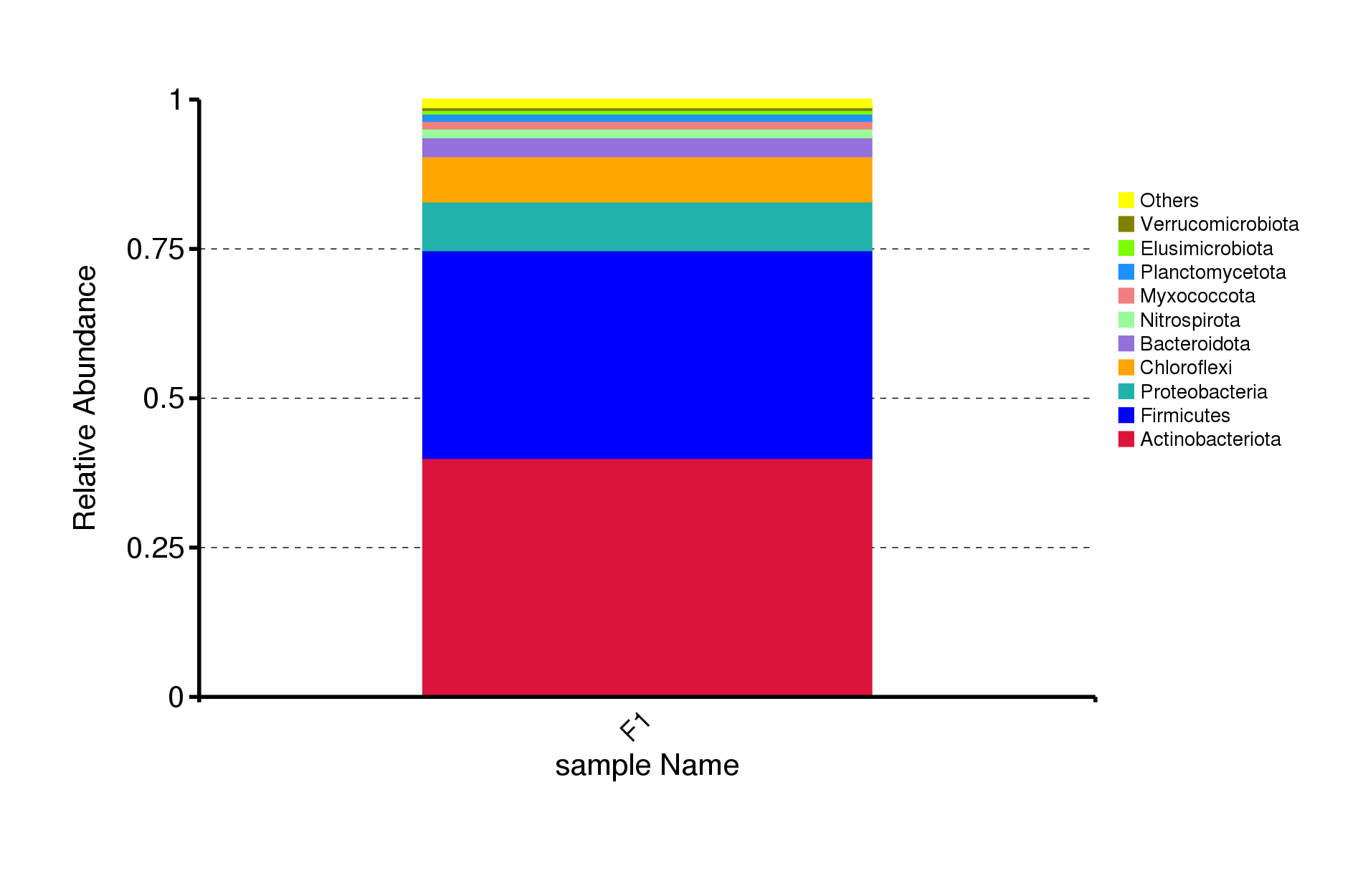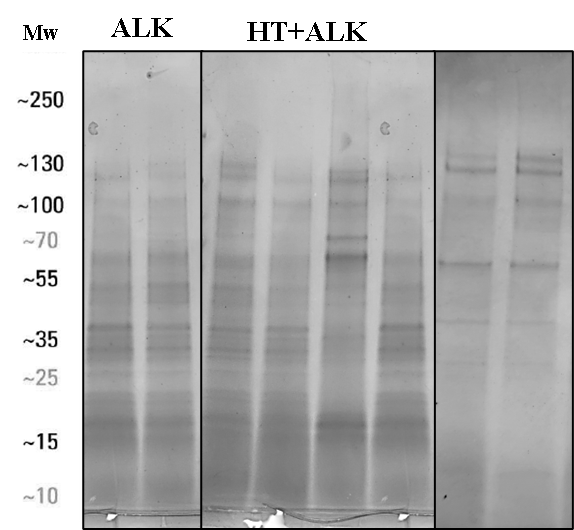Por favor, use este identificador para citar o enlazar este ítem:https://uvadoc.uva.es/handle/10324/78231
Título
Fractional recovery of proteins and carbohydrates from secondary sludge from urban wastewater treatment plants
Autor
Editor
Año del Documento
2024
Documento Fuente
Chemical Engineering Journal Advances Volume 20, 15 November 2024, 100686, https://doi.org/10.1016/j.ceja.2024.100686
Abstract
The secondary sludge of wastewater treatment plants is an abundant and problematic bacterial biomass that accumulates nutrients from wastewater, mainly as proteins and carbohydrates. Recent studies have focused on energy recovery of this biomass by anaerobic digestion to produce biogas. However, fractional recovery of the sludge components could increase its value and provide the basis for a biorefinery based on this waste. Since ≈ 40-60% of the bacterial dry weight is protein, this biomass could be an important source of functional peptides or amino acids, and the carbohydrates could be used to produce bioplastics or biofuels. This study compares chemical, physical and biological hydrolysis methods and their sequential and assisted combinations to recover proteins and carbohydrates from sludge. Ultrasound-assisted alkaline treatment provided the highest protein solubilization yield (97.2%) with low degradation, resulting in peptide recovery yields of 75.1% with sizes from 70-215 kDa, 40% of essential amino acids and purity of 35.3% with NaOH 1M. The hydrothermal-alkaline combination almost completely solubilized the proteins but not the carbohydrates (77.4%) with high degradation (52.6%). The hydrothermal-acidic combination achieved high carbohydrate solubilization (94%) and recoveries of glucose (63.6%) and xylose (12.6%) but low protein recovery (43.7%) as small size peptides.
Palabras Clave
Biorefinery
Peptide size
Hydrolysis
Monosaccharides
Sludge valorization
Amino acids
Departamento
Instituto de Procesos Sostenibles
Departamento de Ingeniería Química y Tecnología del Medio Ambiente
Departamento de Ingeniería Química y Tecnología del Medio Ambiente
Patrocinador
Ministerio de Ciencia, Innovación y Universidades
Consejeria de Educacion Junta de Castilla y Leon
Consejeria de Educacion Junta de Castilla y Leon
Patrocinador
PID2020-113544RB-I00 /AEI/10.13039/501100011033
PRE2021-100176
PRE2018-083845
UIC 338
CL-EI-2021-07
PRE2021-100176
PRE2018-083845
UIC 338
CL-EI-2021-07
Idioma
spa
Tipo de versión
info:eu-repo/semantics/draft
Derechos
openAccess
Es referenciado por
Chemical Engineering Journal Advances Volume 20, 15 November 2024, 100686, https://doi.org/10.1016/j.ceja.2024.100686
Collections
- Datasets [87]
Files in this item
Tamaño:
1.645Kb
Formato:
Texto TXT

Gallery: Fractional recovery of proteins and carbohydrates from secondary sludge from urban wastewater treatment plants
Fig 2.1_HPLC_RID_Sugar.PNG

Gallery: Fractional recovery of proteins and carbohydrates from secondary sludge from urban wastewater treatment plants
Fig 3- Metagenomic of Sludge.png

Gallery: Fractional recovery of proteins and carbohydrates from secondary sludge from urban wastewater treatment plants
Fig1_SDS_PAGE.png

Gallery: Fractional recovery of proteins and carbohydrates from secondary sludge from urban wastewater treatment plants
Fig2.2_HPLC_UV_Degradation products.PNG


 Except where otherwise noted, this item's license is described as CC0 1.0 Universal
Except where otherwise noted, this item's license is described as CC0 1.0 Universal
















